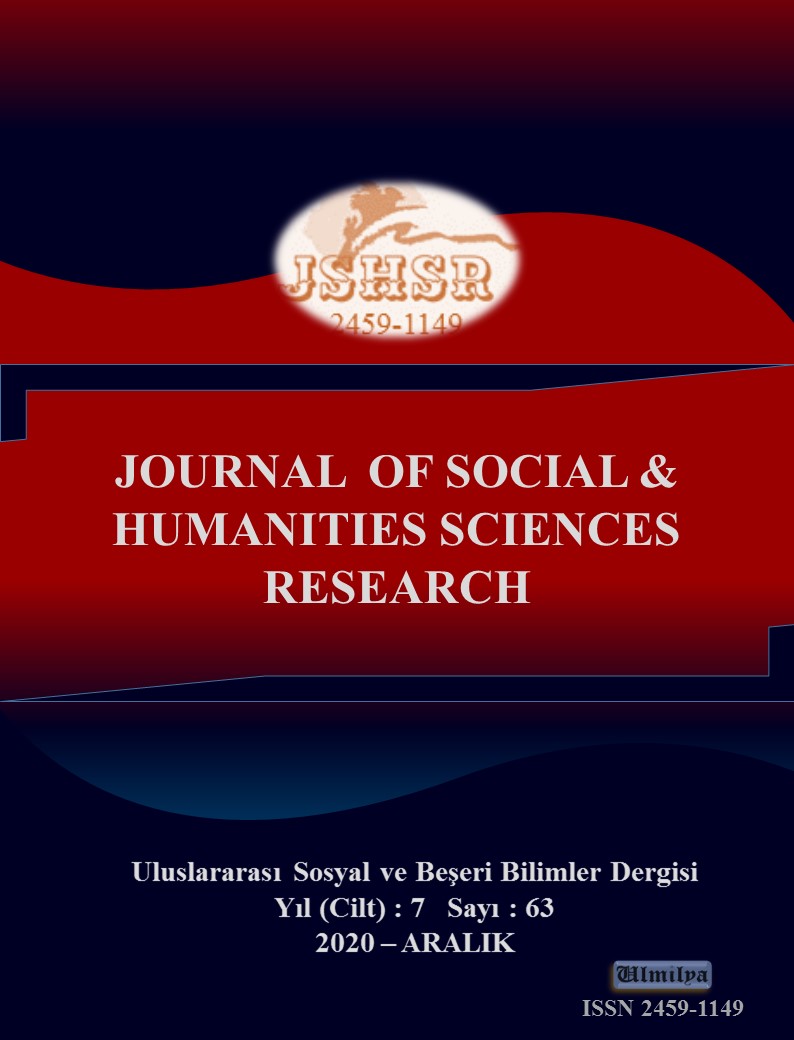SUB-MODEL OF BLENDED LEARNING: FLIPPED CLASSROOM MODEL
DOI:
https://doi.org/10.26450/jshsr.2209Keywords:
Blended Learning, Flipped Classroom, Rotation Model, Flex Model, Online Lab ModelAbstract
Rapid developments in science and especially internet technologies offer new opportunities for teachers to design their lessons in a way that supports teaching and students' cognitive competencies. One of the changes that include many innovations in teaching-learning approaches is blended learning, which includes several methods. Blended learning is an eclectic approach that emerged from minimizing the disadvantages of face-to-face and online learning and considering the advantages of both. The biggest problem for distance education is the lack of motivation (motivation) in students due to the lack of social interaction. Face-to-face teaching has its drawbacks, such as a lack of time flexibility and being in the classroom three or four days a week. This situation has pushed education researchers to develop a new model. Researchers have proposed a new teaching model called blended learning that combines the active aspects of both models (face-to-face and distance learning). Undoubtedly, efforts in this direction are based on the effort to create a more effective and efficient teaching environment. In the study, we aimed to indicate the importance of Flipped Classroom as a sub-model of Blended Learning under the light of literature. As conclusion, we recommended some important points to support Flipped Classroom applications to be successful in the process of distance education
Downloads
Published
How to Cite
Issue
Section
License
Copyright (c) 2020 INTERNATIONAL JOURNAL OF SOCIAL HUMANITIES SCIENCES RESEARCH

This work is licensed under a Creative Commons Attribution 4.0 International License.


